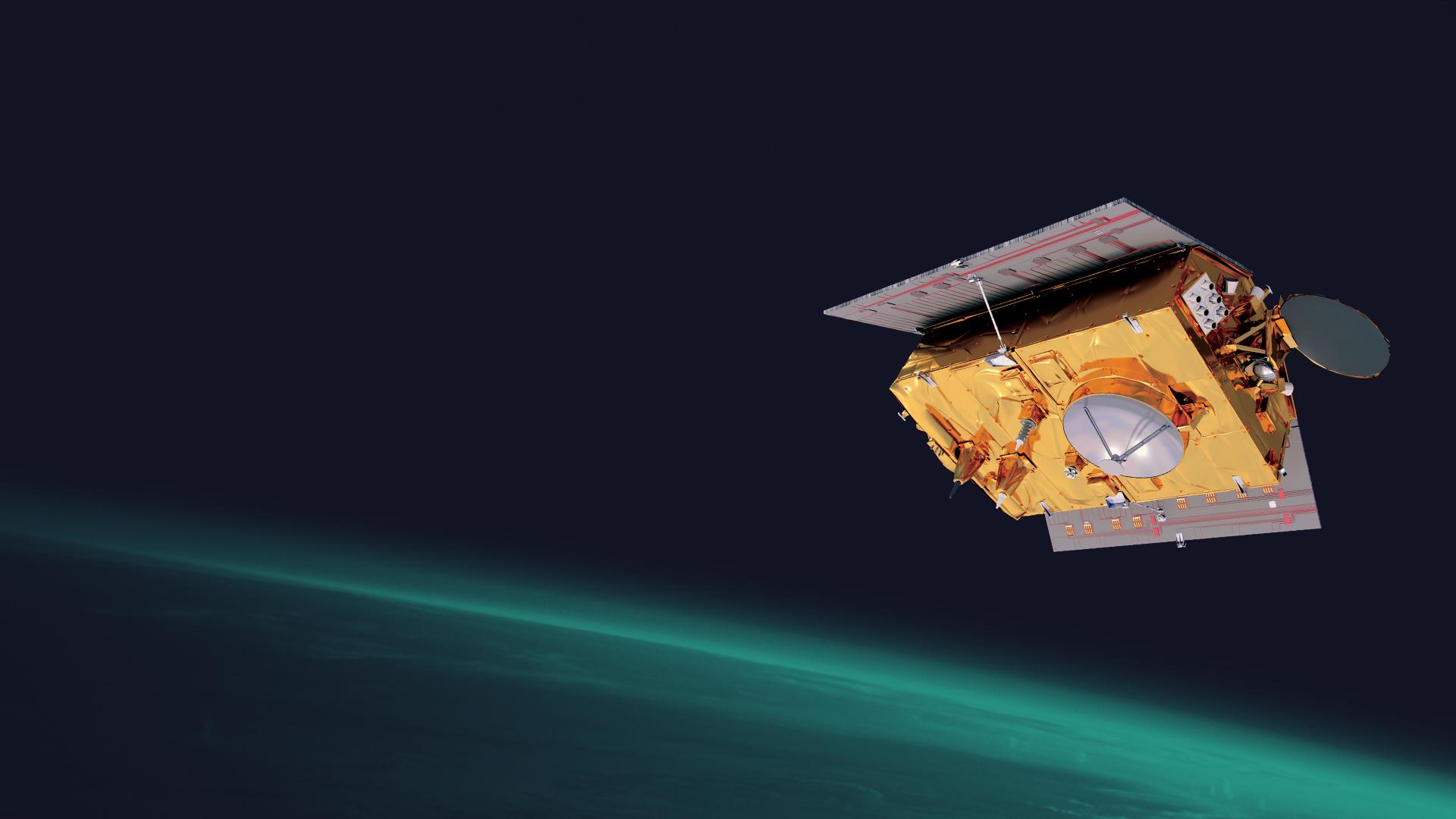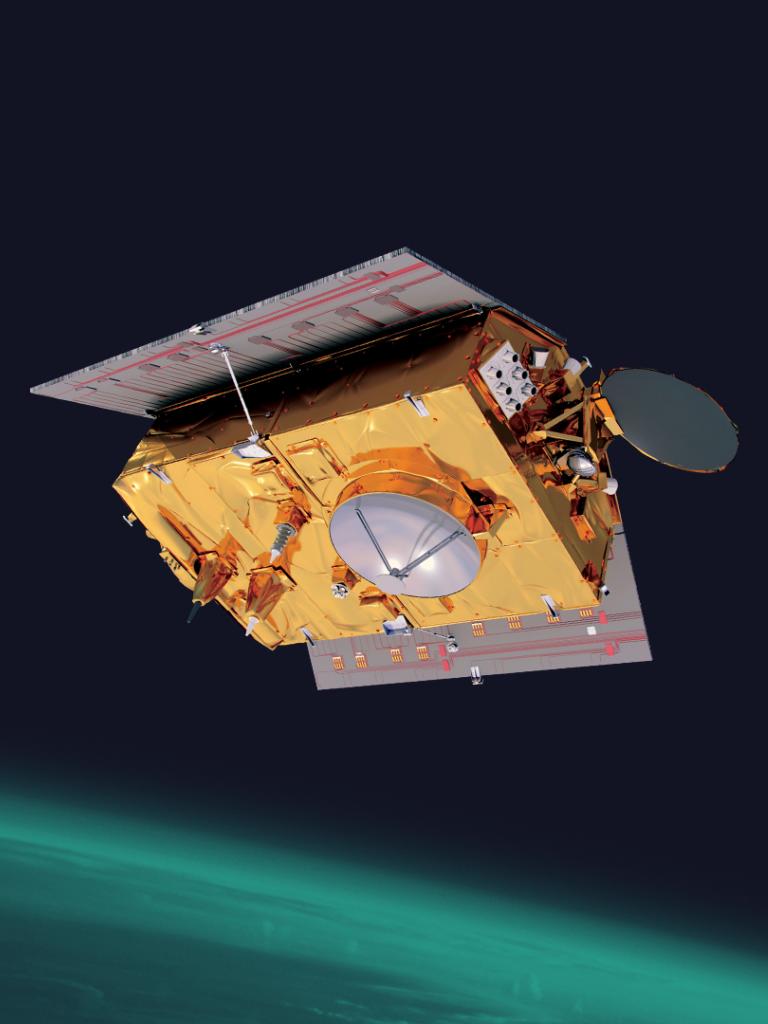
Successful launch for crucial ocean-monitoring satellite
The satellite will expand the unique record of mean sea level.


DARMSTADT – At 18:17 (09:17 US Pacific time), the Copernicus Sentinel-6 Michael Freilich ocean-monitoring satellite was successfully launched on a SpaceX Falcon 9 rocket from the Vandenberg Air Force base in California, in the United States.
05 November 2024
21 November 2020
The mission will continue the unbroken, almost three-decades-long, high-precision measurements of Earth’s oceans from space which provide crucial information about sea level rise and are critical inputs for weather forecasting.
The European Commission’s Director-General for Defence Industry and Space, Mr Timo Pesonen, said: “We are very pleased to welcome this newcomer to the EU’s fleet of Copernicus Sentinel satellites. Copernicus Sentinel-6 Michael Freilich will enable delivery of enhanced products and information concerning the oceans and the atmosphere to improve the daily lives of our citizens. The arrival of this satellite is another success for Copernicus, for Europe, for all mission partners and worldwide.”
EUMETSAT Director-General Alain Ratier said: “With this launch, EUMETSAT will continue its contribution to high-precision ocean altimetry missions, which started with Jason-2. Our responsibility has increased with the Copernicus Sentinel-6 mission, as we developed the ground segment and will perform flight operations. The EUMETSAT teams are ready to take over control of the spacecraft from ESA, three days after launch, and to start processing the first data.
“Sentinel 6 Michael Freilich data will expand the unique record of mean sea level, whilst improving it further with measurements of unprecedented accuracy and closer to coastlines. The data will improve forecasts of high-impact weather and climate features that are strongly influenced by the ocean, like heat waves, tropical cyclones and unusually warm or cold summers and winters.”
Dr Steve Volz, Assistant Administrator of the US National Oceanic and Atmospheric Administration’s (NOAA) Satellite and Information Service, added: "NOAA will use Sentinel-6 data in many ways, including using sea levels to estimate the heat stored in the upper layer of the ocean, which will help improve hurricane intensity forecasts."
Ratier said the mission continues the exemplary cooperation between the US and Europe that began with the launch of TOPEX-Poseidon in 1992. The satellite is named after the late Dr Michael Freilich, who was Director of NASA’s Earth Science Division and a champion of science and international cooperation.
Thomas Zurbuchen, NASA’s Associate Administrator for Science at the agency’s headquarters in Washington, said Dr Freilich helped ensure NASA was a steadfast partner with scientists and space agencies worldwide.
“His love of oceanography and Earth science helped us improve the understanding of our beautiful planet,” Zurbuchen said. “This satellite, so graciously named for him by our European partners, will carry out the critical work Mike so believed in - adding to a legacy of crucial data about our oceans and paying it forward for the benefit of future generations.”
The European Space Agency’s (ESA) Director of Earth Observation Programmes, Josef Aschbacher, said: "I'm extremely proud to have seen Copernicus Sentinel-6 lift off this evening and know that it's well on its way to starting its mission of continuing the measurements of sea-level that are so needed to understand and monitor the worrying trend of rising seas. I would not only like to thank the ESA teams that have worked so hard to get to this point, but also the European Commission, EUMETSAT, NASA, NOAA and CNES, and, of course, we very much look forward to further fruitful cooperation between our respective organisations."
EUMETSAT will take over operations of the spacecraft in three days’ time and will be responsible for routine operations and processing and disseminating its altimetry data.


